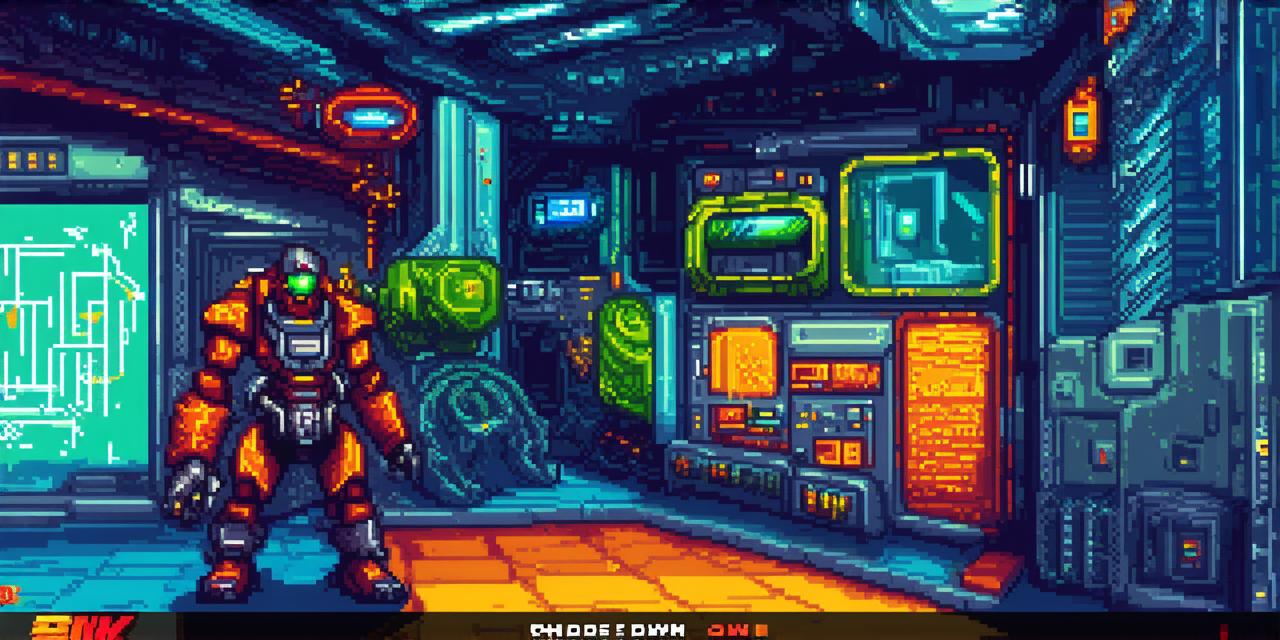As technology continues to evolve, video games have become increasingly immersive and interactive. One aspect of this is the ability for players to customize their avatars’ gender identity in-game. In this article, we will delve into some examples of video games that allow players to personalize their gaming experience in this way and how it can impact the overall gameplay.
Firstly, let us explore why representation is crucial in video games. For many people, especially members of the LGBTQ+ community, video games are a safe space to express and explore their identity. When players have the option to select their own gender identity, they feel more connected to the game and its narrative. This is because representation matters, particularly when it comes to gender identity, as it can be life-changing for some individuals.
One such example of a game that allows for gender customization is “The Witcher 3: Wild Hunt.” Players can create their avatar as either male or female and have the option to change their appearance, hair style, and clothing throughout the game. This feature enables players to fully immerse themselves in the world of The Witcher and express their own identity within it.
Another example is “Braid,” a puzzle-platformer game that has been praised for its unique storytelling and emotional depth. In Braid, players take on the role of a woman named Timothy, who must navigate through levels to save his wife. However, there are multiple endings depending on the choices made by the player. This allows players to experience different versions of the game’s narrative based on their own identity.

In addition to these examples, there are also games that allow for gender customization in a more subtle way. For instance, “Terraria” allows players to choose the appearance of their character but does not explicitly state whether they are male or female. This leaves it up to the player to interpret the character’s identity based on their own experiences and perceptions.
However, there is still a debate about whether video games should force players to select their own gender identity. Some argue that forcing players to make this choice could be seen as a form of appropriation or erasure of non-binary individuals. Others believe that it is essential for players to have the option to customize their avatars’ gender identities, as long as it is done in a respectful and sensitive manner.
To gain further insight into this topic, we spoke with Dr. Jane McGonigal, a game designer and researcher who specializes in designing games that promote empathy and social change. Dr. McGonigal shared her thoughts on the matter: “When players are given the option to customize their avatars’ gender identities, it allows them to express themselves in a way that feels true to their own experiences. However, it is important for game designers to be mindful of the language and imagery used when presenting these options. We need to make sure that we are not perpetuating harmful stereotypes or erasing non-binary individuals.”
In conclusion, video games that allow players to select their own gender identity can have a significant impact on the overall gameplay experience. Whether it is through explicit customization options or more subtle design choices, these games provide players with a sense of ownership and connection to the game world. However, it is crucial for game designers to approach this topic with sensitivity and respect for all individuals, regardless of their gender identity.
FAQs:
1. What are some examples of video games that allow players to choose their own gender identity?
“The Witcher 3: Wild Hunt,” “Braid,” and “Terraria” are all examples of games that allow for gender customization in various ways.
2. Why is it important for players to have the option to customize their avatars’ gender identities?
Gender customization allows players to express themselves in a way that feels true to their own experiences and connects them more deeply to the game world.
3. Are there any downsides to forcing players to select their own gender identity?
Forcing players to make this choice could be seen as a form of appropriation or erasure of non-binary individuals, depending on how it is done.
4. What are some best practices for game designers when designing games that allow for gender customization?
Game designers should be mindful of the language and imagery used when presenting these options and strive to avoid perpetuating harmful stereotypes or erasing non-binary individuals.
